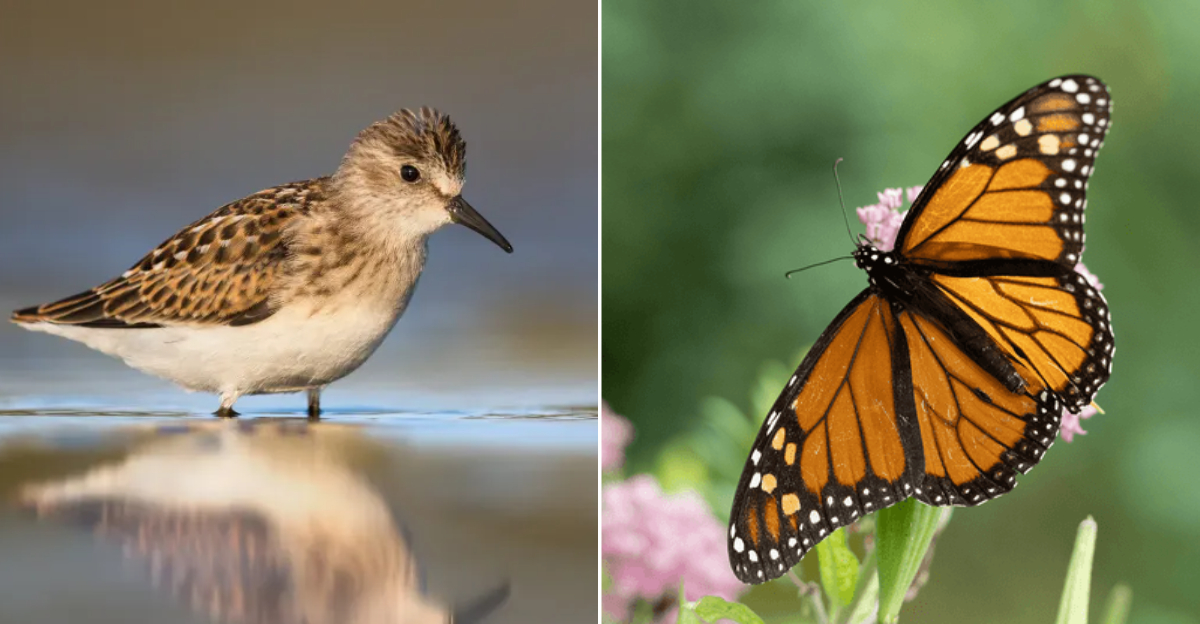Every autumn, New York State becomes a highway for countless creatures embarking on their seasonal journeys southward.
As the maple leaves turn crimson and temperatures drop, these remarkable animals prepare for epic travels spanning hundreds, sometimes thousands, of miles.
I’ve spent years watching this magnificent natural spectacle unfold from my cabin near the Adirondacks, marveling at the precise timing and incredible endurance these travelers display.
Blackpoll Warblers
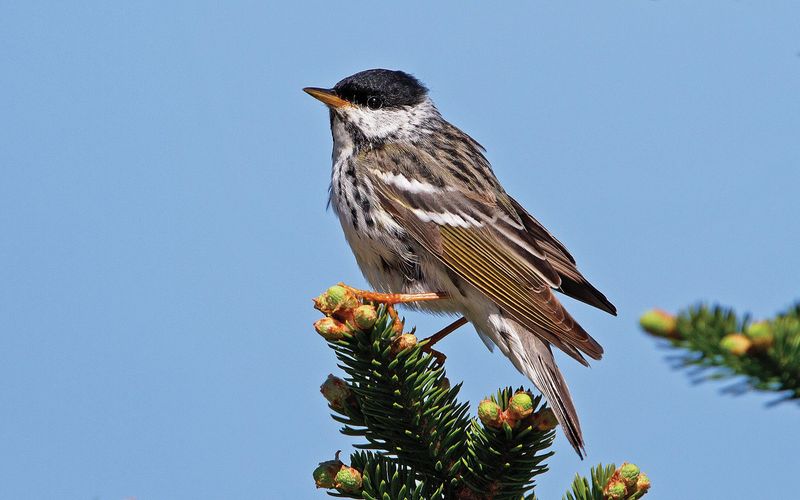
These tiny songbirds weighing less than a AAA battery pull off one of the most jaw-dropping migration feats I’ve ever witnessed. Blackpolls fatten up in New York’s forests during September, nearly doubling their weight before departing.
Last fall, I spotted a group gorging themselves on insects in my backyard crabapple tree. Their transformation from slender birds to plump travelers happens practically overnight.
They’ll fly nonstop over the open Atlantic Ocean for up to three days straight, covering 1,700 miles without food or rest. Talk about extreme athletes!
Their destination? The northern coast of South America.
Swainson’s Thrushes
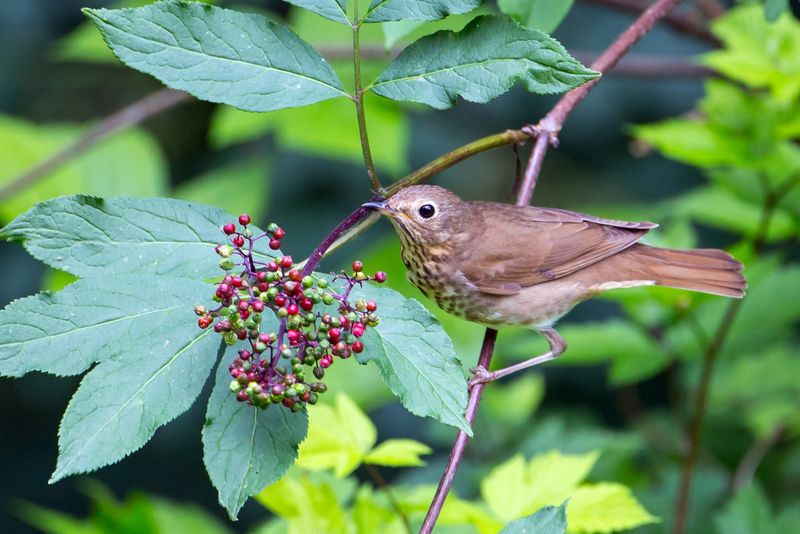
During a camping trip in the Catskills last September, I woke around midnight to the soft ‘peep’ calls of these birds passing overhead. They primarily migrate after sunset, using stars for navigation while avoiding daytime predators.
These musical thrushes will journey from New York all the way to Colombia and Peru, a round trip of nearly 7,000 miles annually!
What’s especially fascinating is how they build up special night-vision proteins in their eyes before migration begins.
Ruby-Throated Hummingbirds
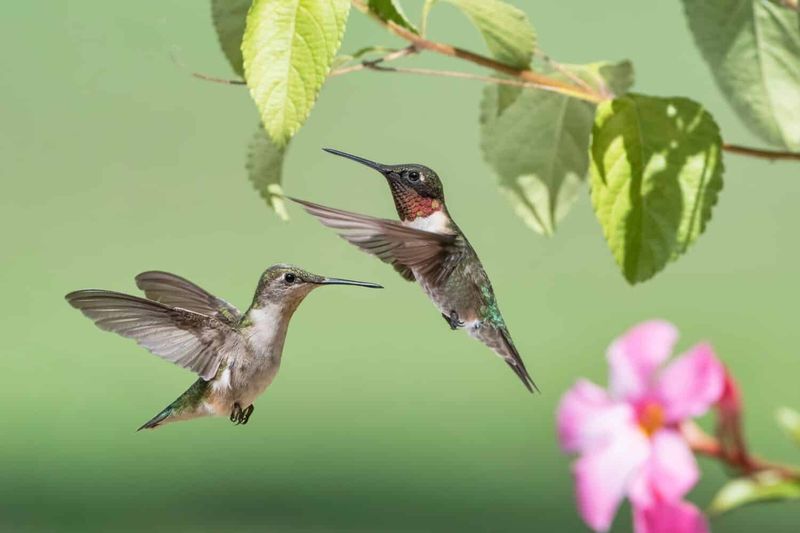
These flying jewels are preparing for an impossible journey.
Ruby-throats must increase their body weight by 40% before departure! They’re absolutely frantic at late-summer flowers and feeders across New York. The males typically leave first, with females and juveniles following by mid-September.
Many will cross the entire Gulf of Mexico in a single 20-hour flight without stopping. Imagine that, a bird smaller than your thumb flying 500 miles nonstop over open water!
Broad-Winged Hawks

Nothing matches the spectacle of Broad-winged Hawks during migration. These raptors gather in massive groups called ‘kettles’ that can contain thousands of birds spiraling upward on warm air currents.
Broad-wings are leaving New York now for their wintering grounds in South America.
Youngsters born this summer face the greatest challenge, navigating the 4,000-mile journey for their first time with no experienced adults to guide them.
Ospreys
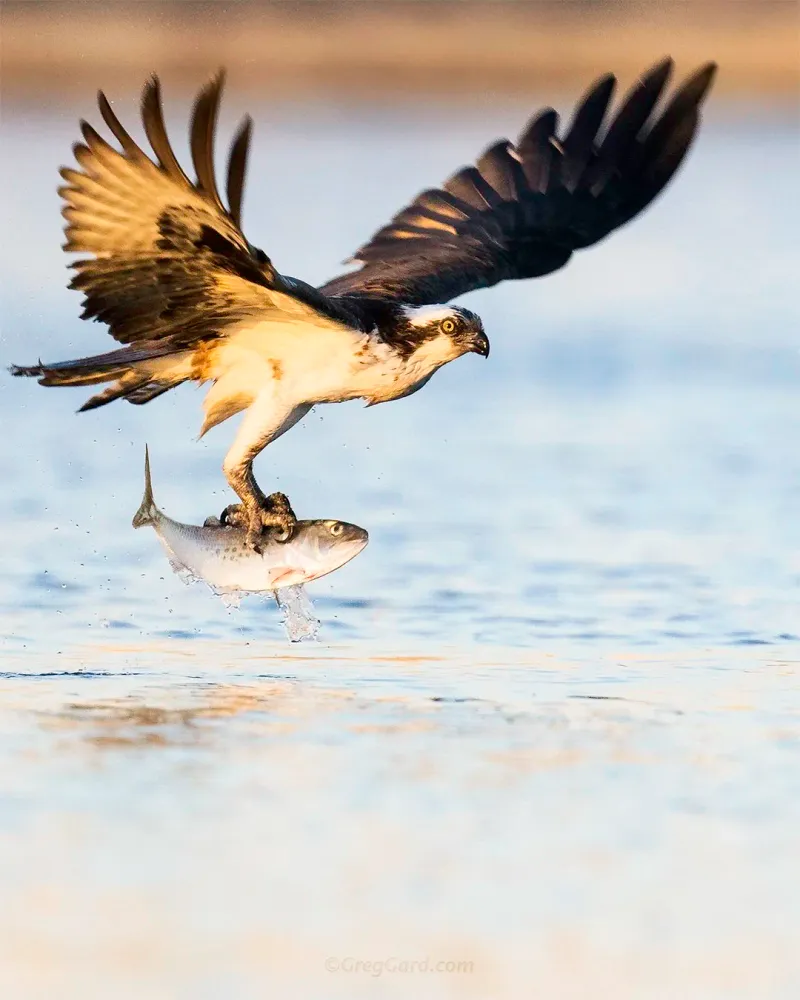
These magnificent fish-hawks have spent summer raising chicks on platforms across New York’s waterways.
The youngsters are now practicing their diving skills, plunging feet-first to snatch fish from the water’s surface.
Adult ospreys will depart first, leaving juveniles to fatten up a bit longer before following.
They’ll travel solo rather than in flocks, following coastlines and waterways to Central and South America. Some New York ospreys will fly as far as Brazil!
Unlike many migrants, they’ll actually continue fishing during their journey south, making pitstops at lakes and rivers along their route.
Semipalmated Sandpipers
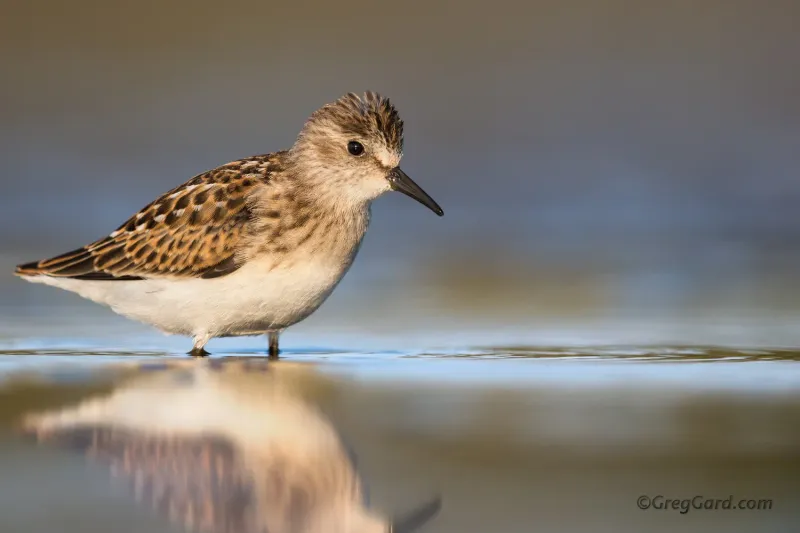
Their name comes from the partial webbing (“semipalmated”) between their toes: a detail I first learned while volunteering with a shorebird tagging project on Long Island.
The sandpipers arrive from Arctic breeding grounds looking skinny and exhausted. Jamaica Bay Wildlife Refuge becomes a crucial rest stop where they’ll double their weight on tiny crustaceans and marine worms hidden in the mudflats.
After replenishing their fat reserves, they’ll continue their remarkable journey to northeastern South America. Some will fly directly over the Atlantic Ocean for 3,000 miles without stopping!
Monarch Butterflies
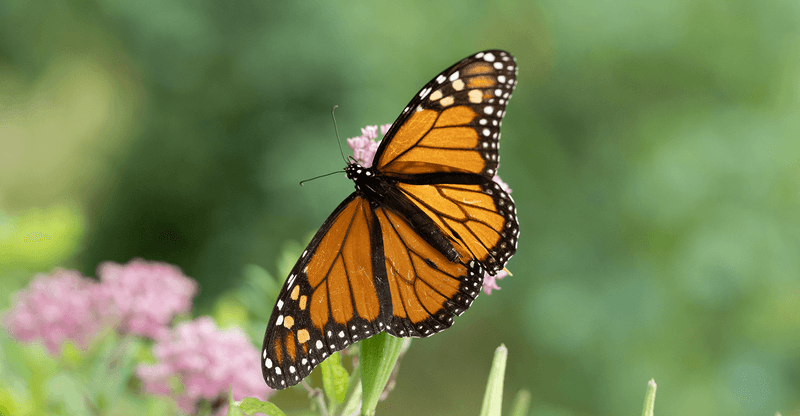
Unlike birds, the monarchs migrating now are a special “super generation” that lives 8 times longer than summer butterflies.
These orange travelers will fly up to 3,000 miles to reach specific mountain forests in Mexico. What’s mind-blowing is that none have ever been there before. They’re navigating to a place they’ve never seen!
They use a combination of sun position and Earth’s magnetic field as their GPS system.
Red Admirals
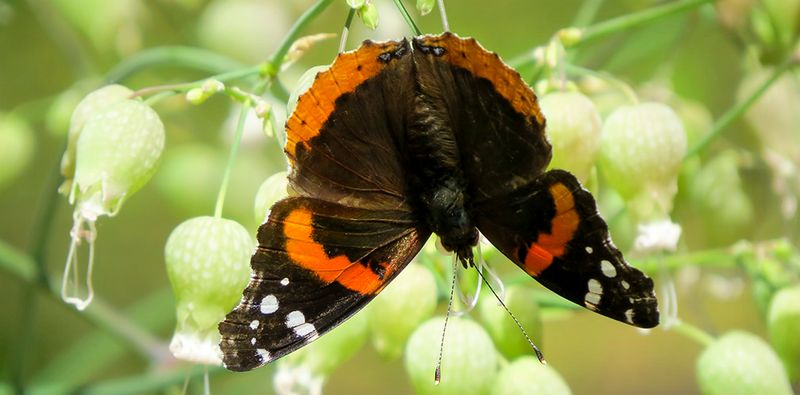
Unlike monarchs, their migration patterns remain somewhat mysterious.
I’ve noticed them becoming increasingly common in my garden during September, feeding frantically before disappearing southward.
These butterflies can’t survive New York’s harsh winters, so they head to the southern United States.
What’s truly amazing is that some scientists believe they may employ a “leapfrog” migration strategy, with each butterfly traveling a portion of the route before reproducing, and their offspring continuing the journey south.
Hoary Bats
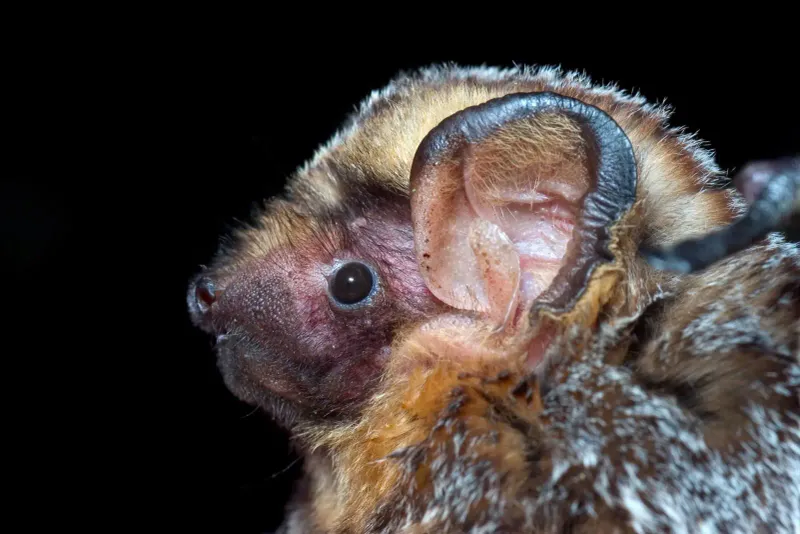
These impressive mammals have a wingspan reaching 16 inches!
Hoary bats are beginning to leave their summer roosts in New York’s forests, heading toward southern states and even Mexico.
Unlike many other bat species that hibernate in caves, hoary bats migrate to warmer regions. They time their movements with cold fronts, using the northerly winds to assist their flight south.
Eastern Red Bats
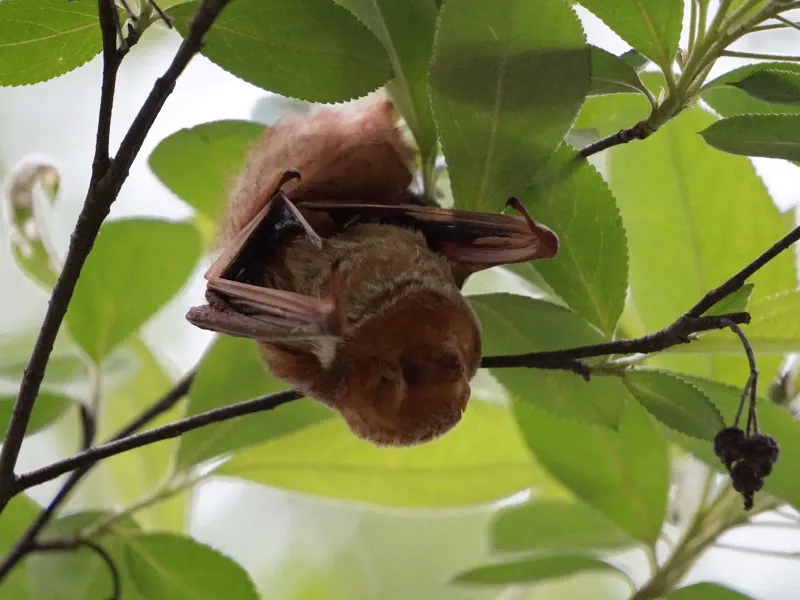
With rusty red fur that perfectly mimics autumn leaves, these bats are preparing for their southern migration from New York forests.
During a fall camping trip in the Adirondacks, I watched what I thought was a leaf spiraling down from a maple tree, until it suddenly changed direction! These remarkable mammals roost directly on tree branches rather than in caves.
They’ll travel to the southeastern United States, sometimes joining nighttime bird migrations.
American Eels
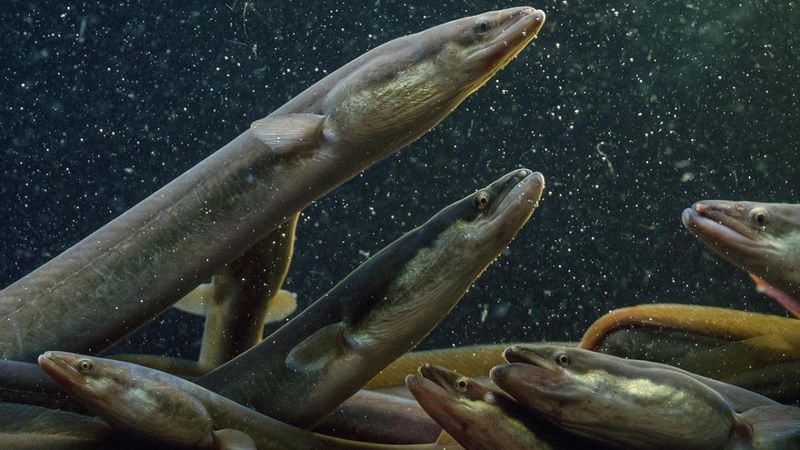
After living in New York waters for up to 20 years, they undergo a complete transformation: eyes enlarge, digestive systems shut down, and bodies become streamlined for ocean travel.
They’ll swim nearly 1,500 miles to reach their mysterious breeding grounds.
Even more incredible? The young eels will make the reverse journey, eventually returning to the same New York waterways their parents once inhabited.
